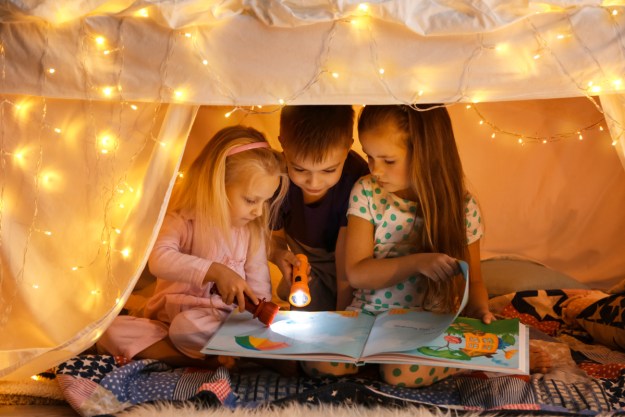If your little one is starting or in the midst of the toddler stage, you're probably wondering if your guy or gal needs social interaction with kiddos his or her own age. You're right. Toddlers definitely need to spend time with their peers during this stage. Time with mom and dad is of course important and a mainstay, but toddlers learn quite a lot from being with other two- and three-year-olds. Playgroups for toddlers are an excellent way to provide a safe, social interaction for kids. They’re pretty fun for moms, dads, and caregivers, too. The benefits of playgroups for toddlers are numerous, including socialization. Preschool isn’t that far away, and giving your toddler the opportunity to connect with children his or her own age on a weekly basis helps with language, fine and gross motor development, as well as sharing and turn-taking. If you’re looking to find a kids playgroup for your toddler and can’t locate an established one in your community, start one yourself! It's not as difficult as you think especially with social media.
If you're ready to start getting out with your toddler and other kids in the same age group, take a look around your local community. A great place to begin forming a playgroup is by joining a toddler story time program at your local public library or participating in a Mommy and Me class. If you and your child seem to connect with some of the children and parents in the group, suggest getting together outside of class at an area park or playground. Then, if all goes well, put the wheels in motion for a playgroup. This is a more personal way than putting out feelers on social media because you will be able to meet the potential participants beforehand.
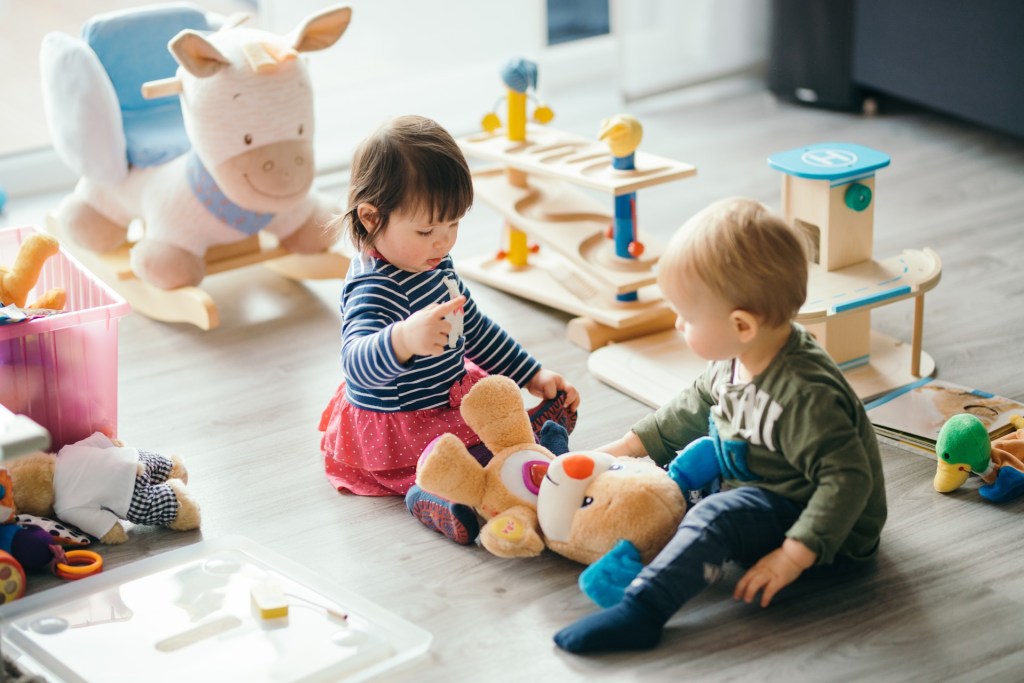
Set boundaries
When starting playgroups for toddlers, it is important to decide on the parameters right away. How often will the playgroup meet? So, your first step is to create the boundaries for your playgroup and here's how.
Step 1: Decide whether the group will meet weekly or monthly.
Step 2: Choose a location for your playgroup. Determine if you want to rotate among participant’s homes or go for a neutral spot like a community park or the public library.
Step 3: Decide how long the playgroup be for? Ninety minutes is ideal.
Step 4: Choose a time of day. Remember to pick a time when toddlers have eaten and napped. Tired and hungry toddlers typically do not play nice.

Set rules
Toddlers do best in structured environments. So, to help the playgroup run smoothly, it's important to have rules to go along with the boundaries you've already established. Rules also let other parents know up front what the expectations are.
Step 1: Discuss upfront the types of toys the kids will be sharing if the play dates are held at a person's house. This is important at a playground too. Some children won't be comfortable sharing a toy that's special to them.
Step 2: Determine whether or not the kids will be snacking during the playgroup. Some parents prefer toddlers don't snack between meals while others are fine with it. If food is on the menu, be sure to get a list of any food allergies and pass it along to all the parents.
Step 3: Decide that cleanup time is a group effort. Add in a few extra minutes at the end for cleanup. The host parent shouldn’t be left with a mess when the playgroup leaves.
Step 4: Establish in advance a policy on cancellations. Do parents need to text or email the week’s playgroup host if they can’t make it?
Step 5: Illness may be a touchy subject, but to avoid toddlers sharing the flu, COVID, pink eye, or strep, discuss what red flags warrant a cancellation. Public schools require a child to be fever-free without the use of over-the-counter medications for 24 hours. Excessive coughing, rashes, stomach issues, and runny eyes and noses are typically warning signs that a toddler should miss this week’s playgroup.
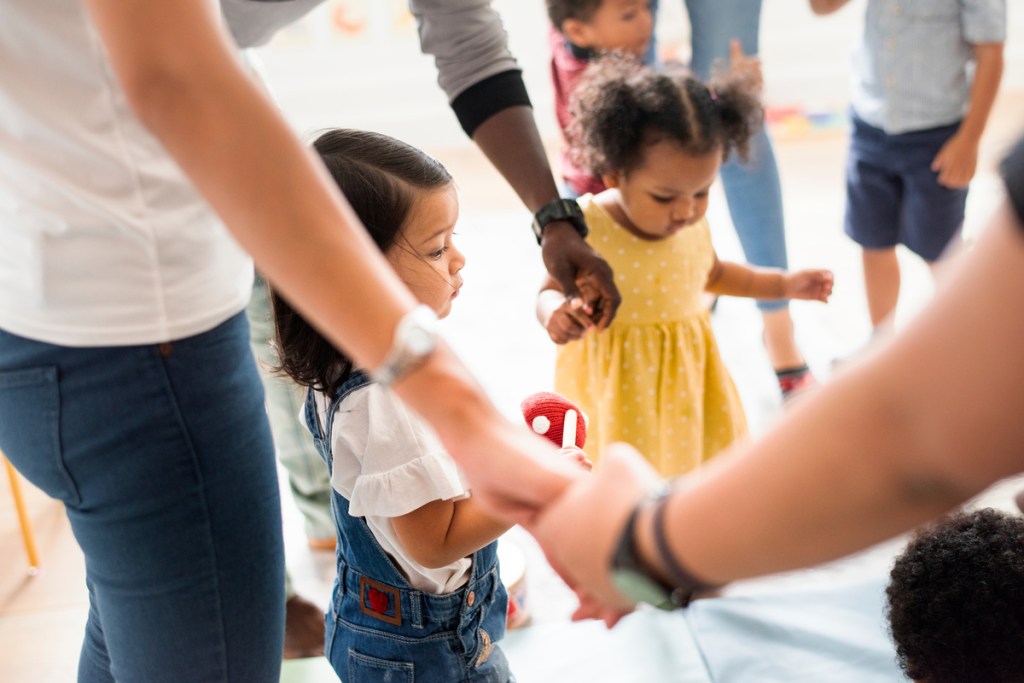
How many is too many?
The ideal playgroup has four to six participants. Less is typically not a good idea. Two is not enough to broaden social horizons, and with three, one child usually ends up feeling left out. More than six toddlers can get a little chaotic, and toddlers don’t do well with overstimulation.
All of toddlers in the playgroup should be around the same age. Try to get a mixture of boys and girls. Remember the kids don’t have to be besties to join the playgroup. Sometimes it’s better if they aren’t. Since you are setting up the playgroup, look for parents who share your parenting style. This helps to avoid conflicts in the long run.
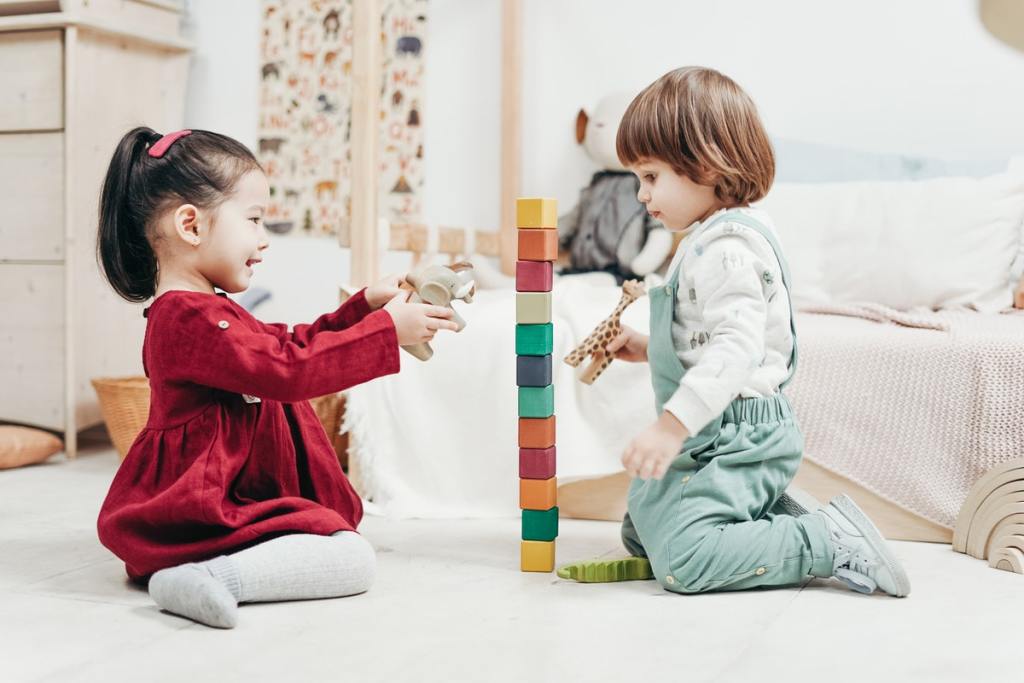
Trial run
Before making the playgroup permanent, test out the chemistry by holding an abbreviated session. See how the toddlers and parents interact with a one hour playgroup at your house or a nearby park. If all seems to go smoothly with toddlers and parents, set up a schedule and dive in. Playgroups can start with an hour for the first couple of weeks before moving it to 90 minutes. If things are running well with each playgroup, you can always extend it to two hours. Two hours should be the max, though. Anything longer will end up being too much for toddlers.
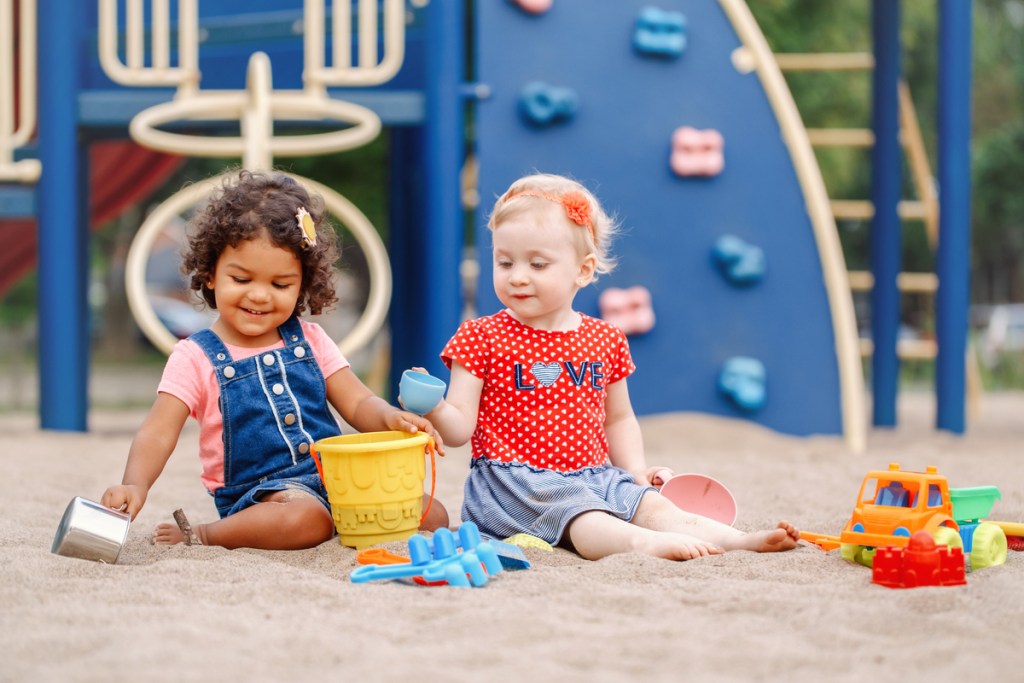
Stick to the routine
Getting toddlers to leave anywhere they are having fun can be torturous, but adhering to the time schedule is important and establishes a routine.
Step 1: Determine beforehand that all the participants will go at the same time. If all the toddlers are leaving at once, kids are less likely to fuss, especially if they know the playgroup will be meeting again next week.
Step 2: Make it a point to stick to the start and end times of the playgroup even if everyone is having a blast. Structure and routines are essential for toddlers.
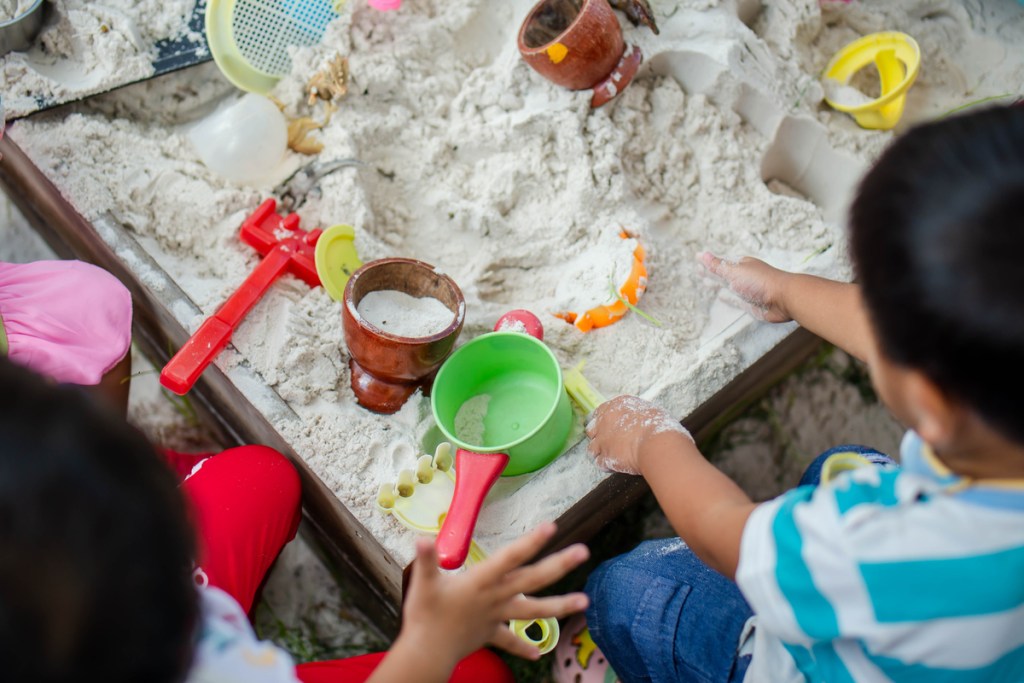
Special outings
Once your toddler playgroup is up and running, organizing outings like a trip to the zoo make for a nice change of pace. Don’t replace the playgroup with an outing. Try to plan one outing a month on a different day than the playgroup meets. These activities can be seasonal or holiday-themed.

Using social media to create playgroups for toddlers
If you're new to the neighborhood and unsure of how to connect with parents in your community, social media can be a useful tool. Many parents use Facebook as a way to talk or arrange a get together with other families. For parents who have been unsuccessful in finding toddler programs in their community to make connections, explore community Facebook forums by searching playgroups. If one comes up close to your area, join the group. Before attending any playgroup events in person, spend some time talking to the other parents in the forum. You should only attend a playgroup if you've had an opportunity to meet the members and feel comfortable. At the very least, you've found an online community to talk to other toddler parents which may lead you to parent-and-toddler classes in and around your community. Setting up playgroups for toddlers is typically more beneficial, but social media sites like Facebook can be a productive way to direct you toward toddler programs near you.
Playgroups are a great way for toddlers and parents to socialize. It is easy to feel isolated when you are at home with a little one all day. Getting together with parents and caregivers with children the same age provides you and your toddler with a social network and a support system that oftentimes carries over into preschool and beyond, offering numerous benefits across the board for everyone involved. The best way to organize playgroups for toddlers is by meeting other parents and kids by joining programs and classes geared toward two- and three-year-olds. From there, you make connections and it's easier to create a fun playgroup for both of you.
Editors' Recommendations
- Heads up, 7 up: What’s the game and how to play it
- Liven up family game night with these crowd-pleasing board games
- 11 fun games kids can play with just pen and paper
- Healthy extracurricular activities kids and teens should explore
- Baby play mat ins and outs: What age you should get one and the benefits for baby’s development



